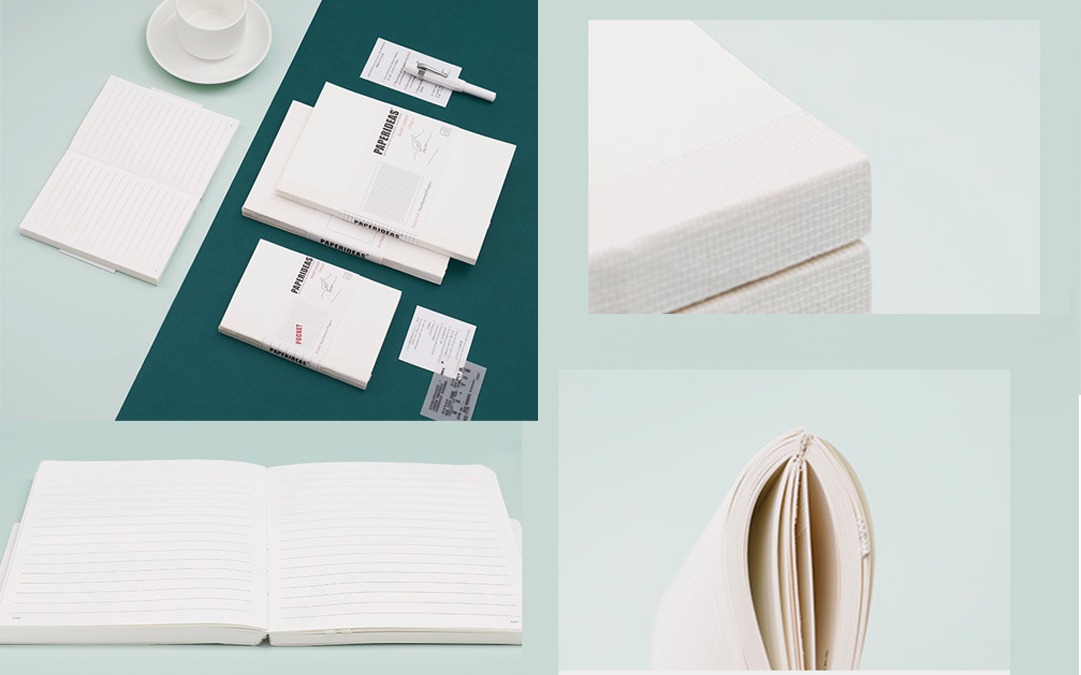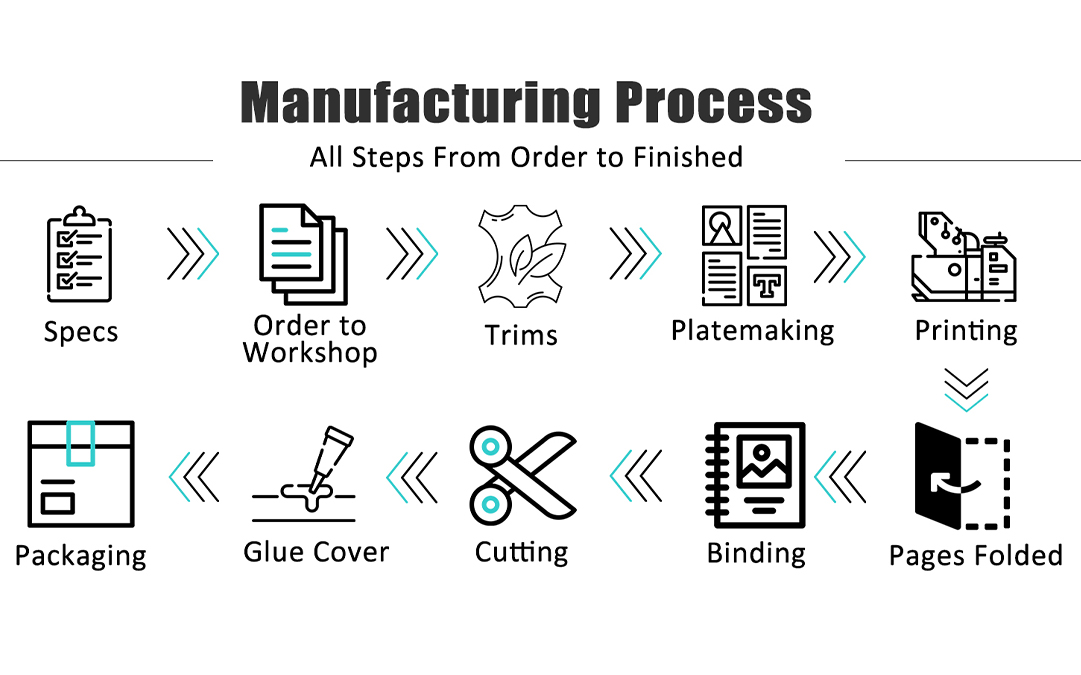As the CEO of Notebook Print, I understand the critical importance of efficient notebook printing methods for businesses and individuals alike. In today’s fast-paced world, having the right printing solution can make all the difference in productivity and cost-effectiveness.
Printing your notes efficiently is key to maximizing your time and resources. Among the plethora of printing methods available, five stand out as the most efficient options.
When delving into the realm of notebook print methods, it’s crucial to consider factors such as speed, quality, cost, and sustainability. So, let’s explore the top five contenders in this arena to help you make informed decisions for your printing needs.
What Are the Different Notebook Print Methods?
1. Laser Printing: Laser printing is renowned for its speed and precision. It utilizes a laser beam to create an electrostatic image on a drum, which is then transferred to paper using heat and pressure. This method excels in producing crisp, professional-looking documents at high speeds.
2. Inkjet Printing: Inkjet printing is versatile and widely used for its ability to produce vibrant colors and intricate details. It works by spraying tiny droplets of ink onto paper, making it ideal for printing photos and graphics with exceptional clarity.
3. Digital Printing: Digital printing eliminates the need for traditional printing plates, making it cost-effective for small print runs and on-demand printing. It offers quick turnaround times and the flexibility to customize each printed piece, making it a popular choice for personalized notebooks and promotional materials.
4. Offset Printing: Offset printing is a traditional method that remains highly efficient for large-scale printing projects. It involves transferring ink from a plate to a rubber blanket, then onto paper. While it may not be as fast as digital printing, offset printing produces consistent, high-quality results for bulk orders.
5. Thermal Printing: Thermal printing utilizes heat to transfer text and images onto paper, eliminating the need for ink or toner cartridges. It’s commonly used for receipts, shipping labels, and barcode labels due to its speed and reliability.
Which Notebook Print Method Is Best for Your Needs?
– How do these methods differ in terms of cost per page?
– Which method offers the fastest printing speed?
– What are the environmental implications of each printing method?
– Can I achieve photo-quality prints with all of these methods?
– Are there any maintenance requirements or ongoing costs to consider?
– How do these methods perform in terms of durability and longevity of prints?
By addressing these questions, you can narrow down the options and select the notebook print method that aligns best with your specific requirements and priorities by our printing consultant, Ms. Rimo Lau
Conclusion
Efficient notebook printing is not a one-size-fits-all endeavor. It requires careful consideration of various factors, including speed, quality, cost, and sustainability. By exploring the top five most efficient notebook print methods, you can make informed decisions that enhance productivity and streamline your printing processes.
Contact Us: Ms. Rimo Lau WhatsApp Me
Whatsapp: 0086 18336352791 – WeChat&Phone
Website: www.fullcolorprintstationery.com
E-Mail: [email protected]





